- Medical futility has developed as an ethical construct to approach patient/family requests for clinical interventions that are not medically effective in achieving their intended goal and creates recourse for clinicians to address these requests.
- Several states now have legislation that govern medical futility that offers protections for both clinicians and patients and families.
- A process-based approach incorporating the concept of “potentially inappropriate” care has now been established in society guidelines promoting a shared decision-making approach and aligning the goals of clinicians and patients and families.
Latest Updates
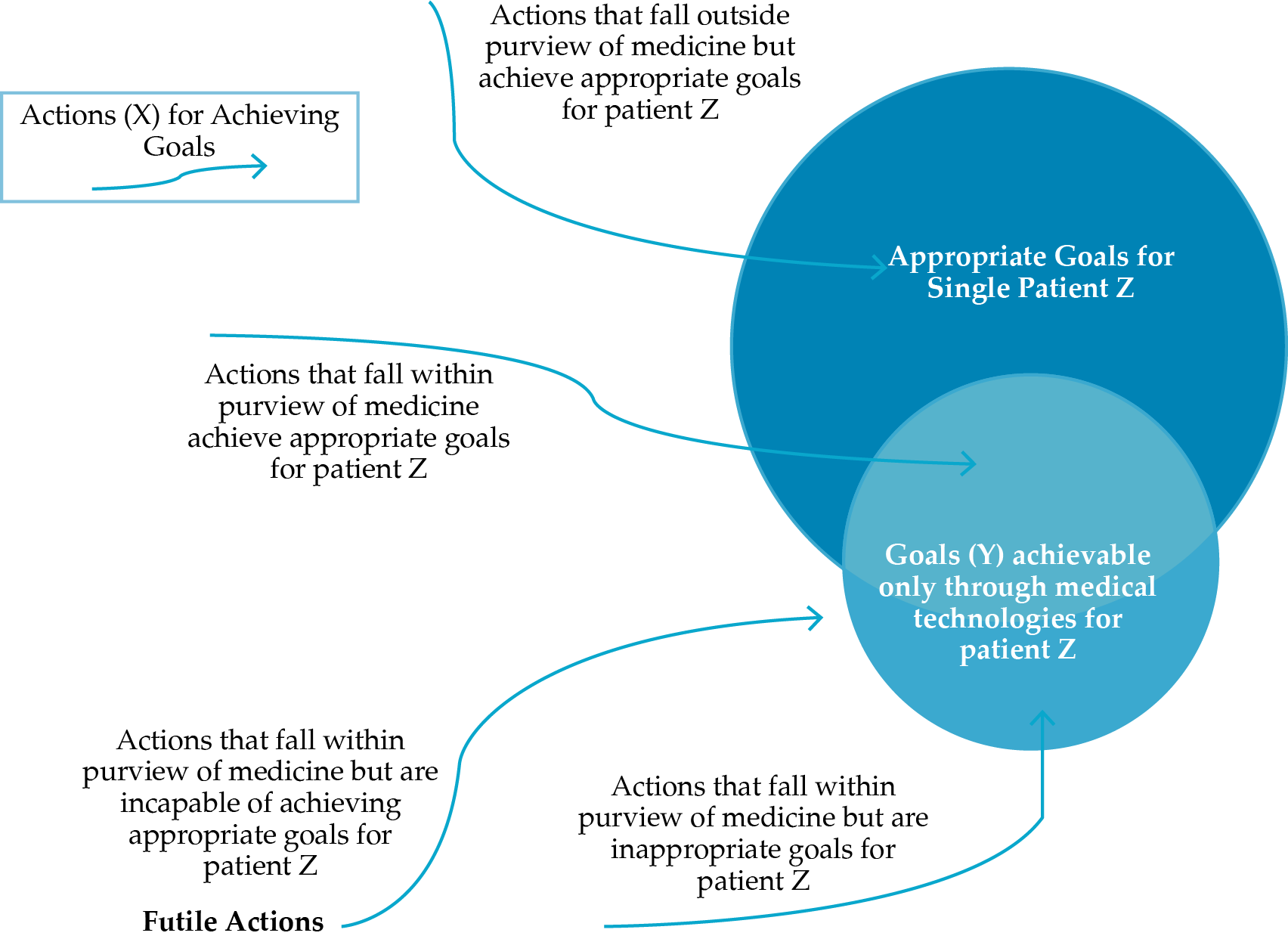

Microsurgical Reconstruction of the Upper Extremity
- Recent literature highlighting considerations for surgical timing of microsurgical reconstruction is reviewed and summarized.
- Recent literature highlighting risk factors for failure of free flaps is reviewed and summarized.
- Newer concepts, including perforator freestyle flaps, have been introduced.
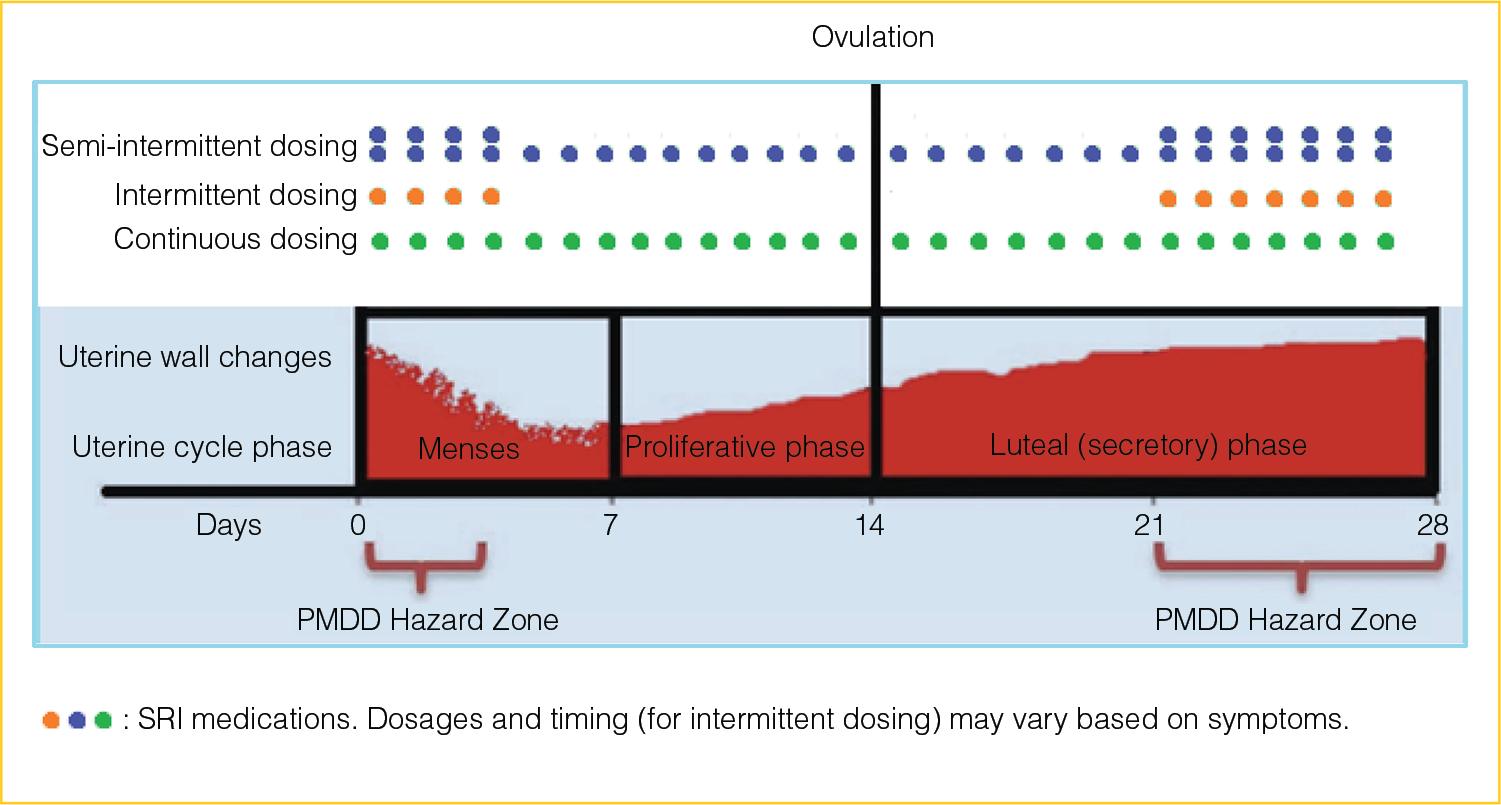
Diagnosis, Etiology, and Treatment of Premenstrual Dysphoric Disorder
- Diagnosing PMDD only formally achieved after ruling out other underlying mood or anxiety disorder, and if the symptoms persist for two consecutive months, in a cyclic fashion.
- Differential Diagnosis for PMDD include any mood or anxiety disorder, or PTSD. Providers should rule out PME of one of these disorders first.
- The etiology of PMDD is likely multifactorial and includes the interplay between genetics, neurosteroids, neurotransmitters, brains structure and function, and the pathophysiology that connects these factors.
- Of the pharmacologic approaches, serotonergic reuptake inhibitors and oral contraceptives should initially be considered for treatment of PMDD.
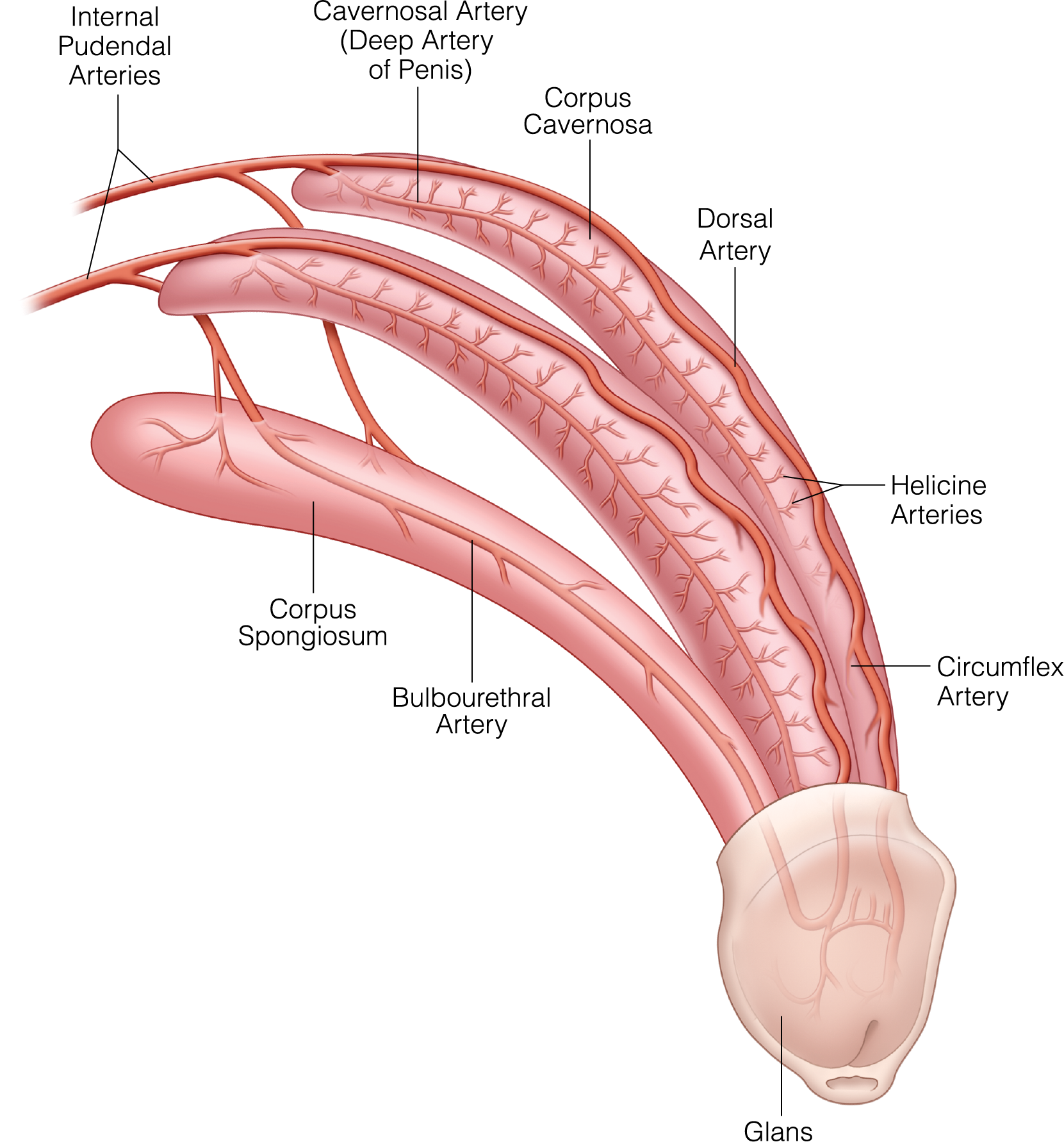
Erectile Dysfunction: Evaluation, Including Diagnostic Studies
- Risk assessment in patients with cardiovascular disease
- Penile Doppler ultrasonography
- Cavernosometry and cavernosography
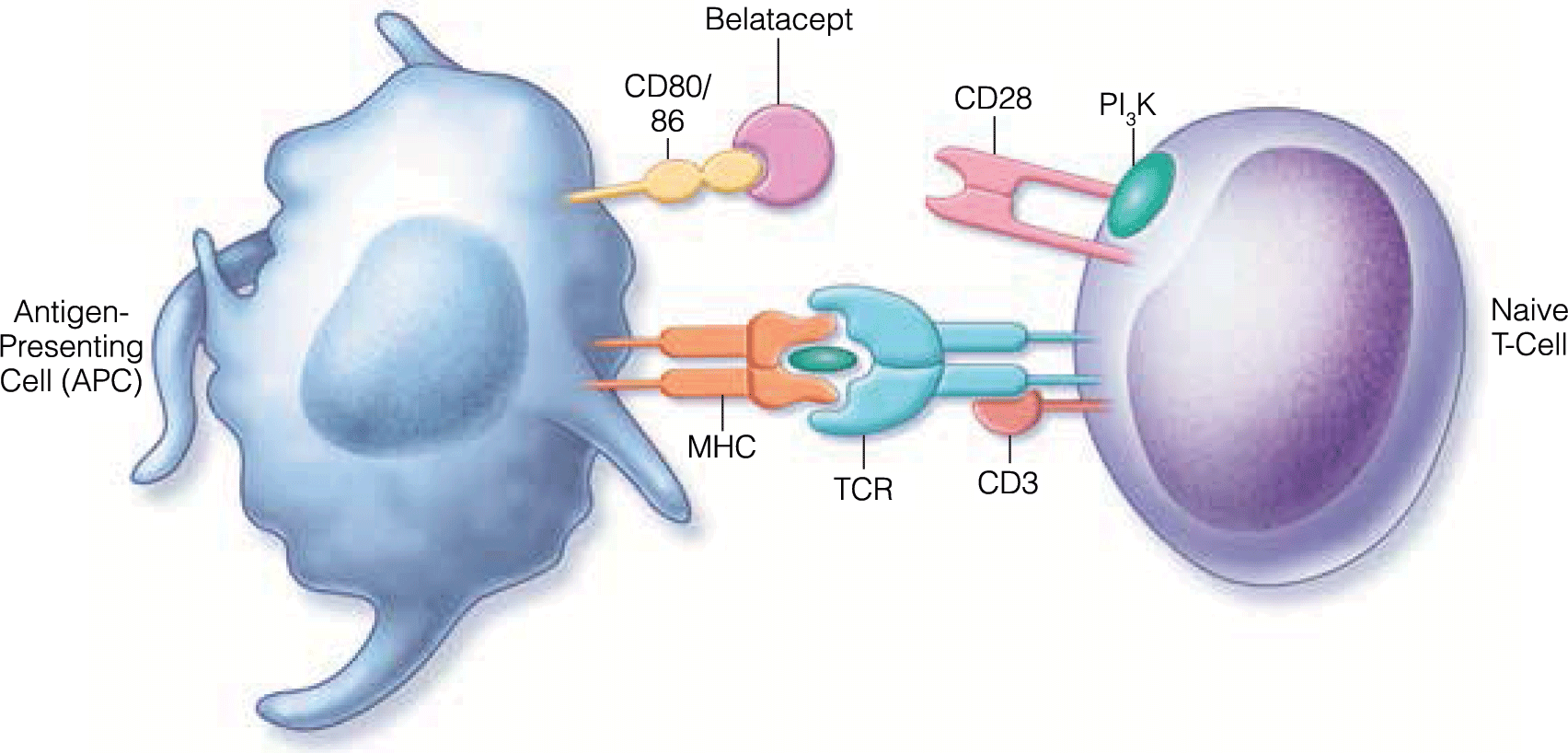
- Full review of all available literature on transplant immunosuppression use in renal transplantation
- Recommendations for strategies to manage common adverse reactions from transplant immunosuppressants
- Evaluation of specific medications that are used for the management of antibody-mediated rejection
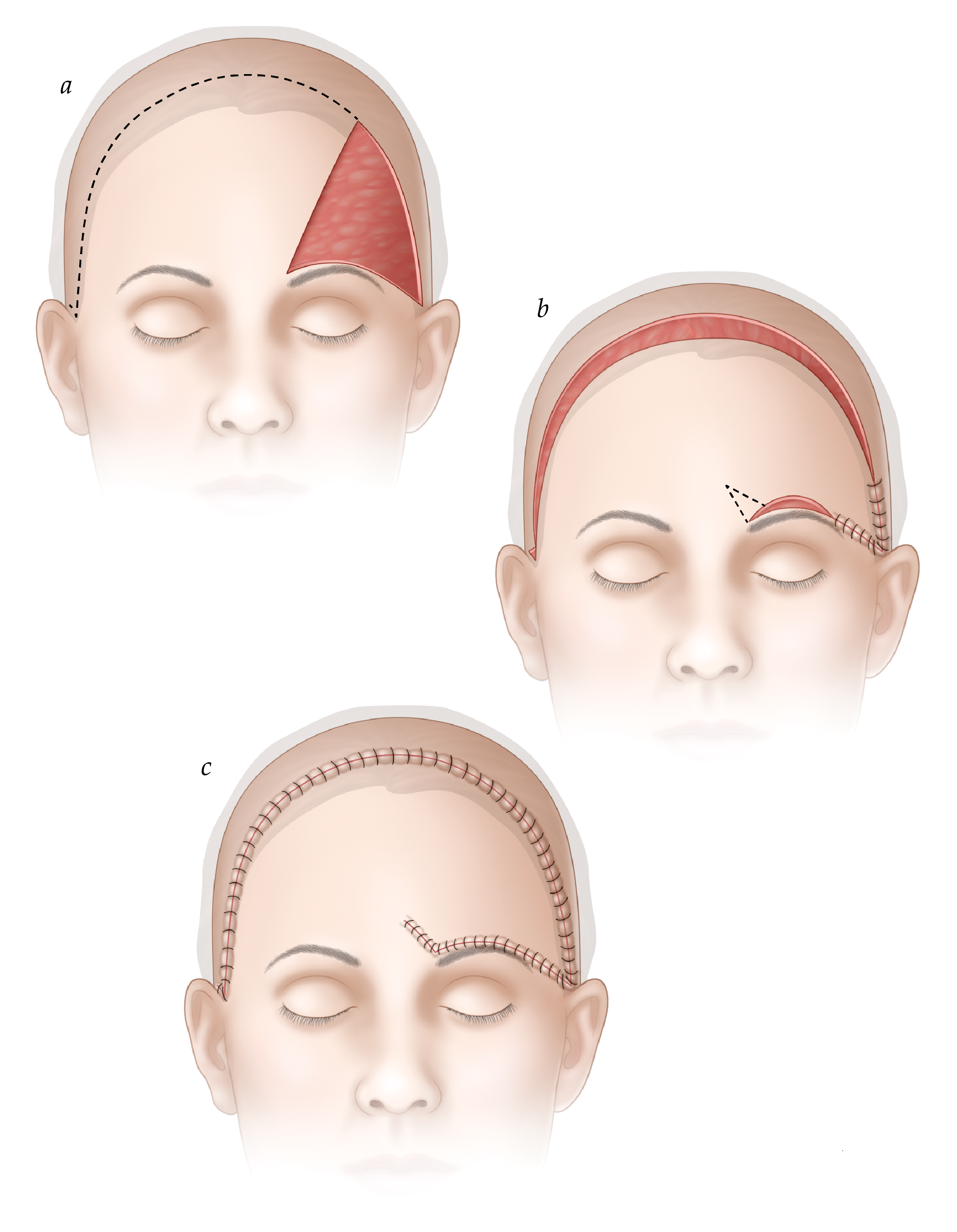
Head and Neck Melanoma: An Overview
- A recently discovered gain-of-function mutation in the RAC1 gene in melanomas may provide a potential target for pharmacologic treatment.
- Adoptive cell therapy has been refined and advanced to become an effective form of personalized cancer therapy, but the search continues to generalize its use.
- Expanding our knowledge of and targeting the tumor microenvironment, which provides several means of tumor protection, may unlock the full potential of immunotherapy.
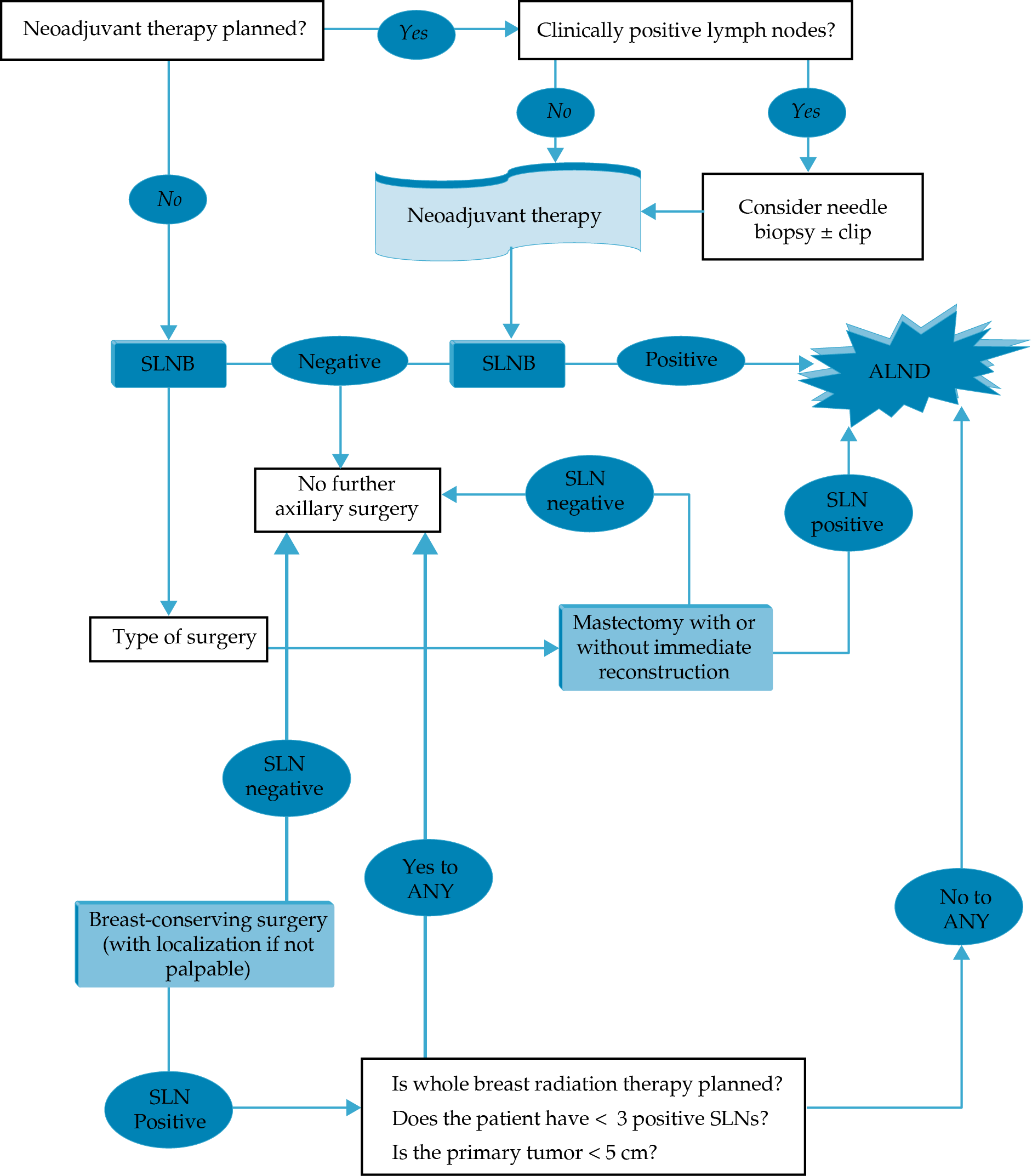
Surgical Management of the Breast
- Diagnosis of breast cancer: from open biopsy of palpable lesions to minimally invasive image-guided core-needle biopsy
- Extirpation of primary breast cancer: from mastectomy to breast conservation and oncoplastics
- Lymph node evaluation: from axillary dissection to sentinel node biopsy
- Integration with multidisciplinary management of breast cancer
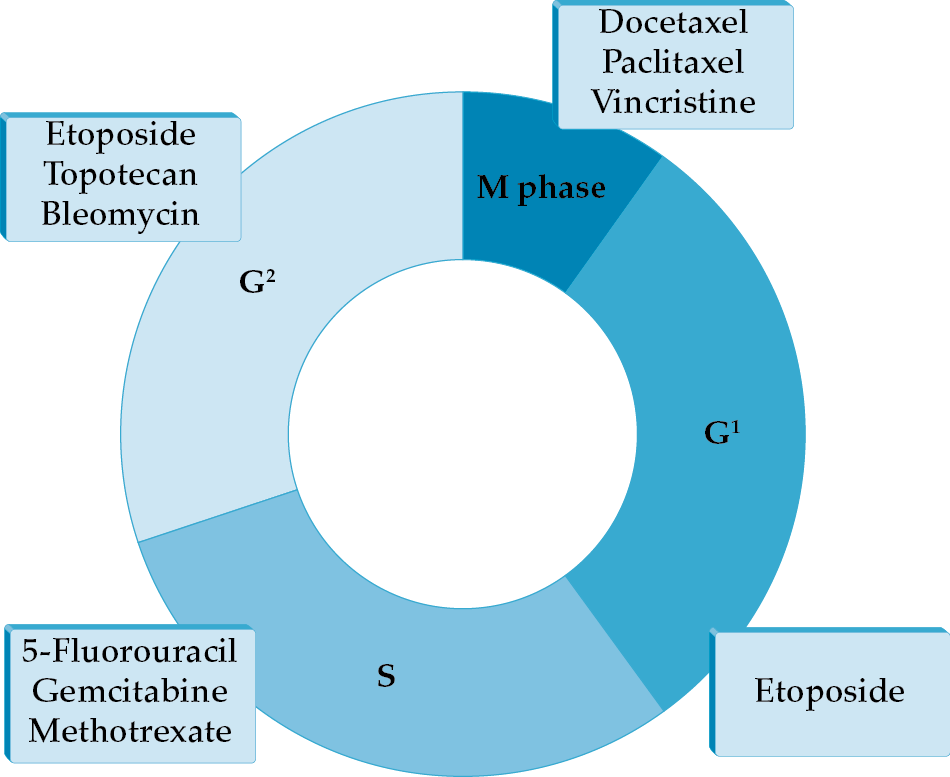
Chemotherapy for Gynecologic Malignancies
- Targeted therapies such as antiangiogenesis agents improve outcomes in ovarian and metastatic cervical cancer.
- Poly(ADP)ribose polymerase (PARP) inhibitors improve outcomes as treatment and maintenance therapies in recurrent epithelial ovarian cancer.
- Intraperitoneal administration of chemotherapy can be considered for a select group of patients with ovarian cancer in the front-line setting.


.png)







